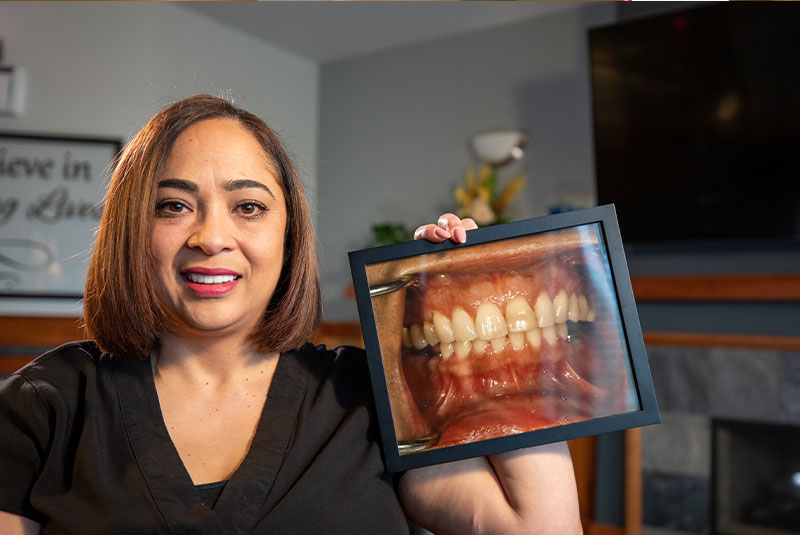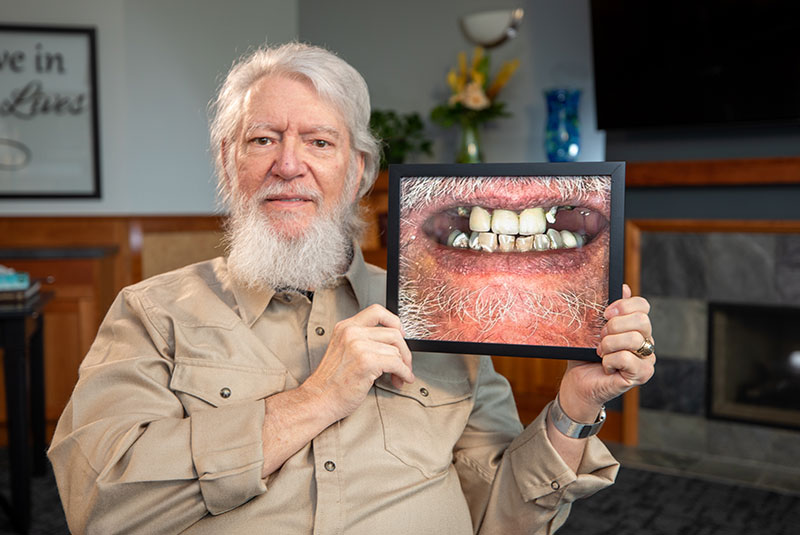Your back molars are late to the party. When they push in without enough space, trouble can follow. That’s why wisdom tooth extractions are so common—they prevent or resolve pain, crowding, and infection before things snowball. Knowing what to expect makes the process easier from start to finish.
Why Wisdom Teeth Cause Problems
Wisdom teeth often lack room to erupt, leading to partial eruption or impaction. Food and bacteria get trapped under the gum flap, causing swelling and infection. Pressure can irritate neighboring teeth, and cysts—though uncommon—can develop around impacted teeth. Wisdom tooth extractions remove the source of these issues.
Signs You Might Need Treatment
- Gum swelling or soreness behind the last molar
- Bad breath or unpleasant taste that won’t go away
- Jaw tightness, headaches, or crowding pressure
- Repeated infections or decay on the back of the second molar
An exam and panoramic or 3D imaging confirm position and risk.
The Procedure, Step by Step
- Evaluation and planning: Imaging shows root shape, nerve proximity, and angulation.
- Comfort options: Local anesthesia, nitrous oxide, oral sedation, or IV sedation are chosen based on your needs.
- Extraction: For erupted teeth, careful elevation removes the tooth. For impacted teeth, a small opening allows access; the tooth may be sectioned for a gentler removal.
- Closure: Stitches may be placed. You’ll leave with detailed aftercare instructions and emergency contact info.
Recovery and Aftercare
The first 24–72 hours bring the most swelling. Keep your head elevated, apply cold packs in short intervals, and take prescribed or recommended pain relief as directed. Stick to soft foods: yogurt, eggs, pasta, mashed sweet potatoes. Avoid straws and smoking, which increase dry socket risk. Gently rinse with warm salt water starting the day after surgery.
Common Concerns, Answered
- Dry socket: Dull, throbbing pain a few days in—call if this happens; it’s manageable in-office.
- Numbness or tingling: Rare and usually temporary when nerves are close; imaging helps minimize risk.
- Exercise: Ease back into activity after a few days; your provider will guide you.
Long-Term Benefits of Timely Care
Early wisdom tooth extractions—often in the late teens or early twenties—tend to be simpler, with shorter recovery. Waiting until repeated infections or significant decay occur may mean more complex treatment later.
Benefits (Supported by Professional Sources)
- Reduced infection risk and pain: Removing partially erupted or impacted teeth lowers pericoronitis episodes. (Oral surgery literature; American Association of Oral and Maxillofacial Surgeons)
- Protects adjacent teeth: Extracting high-risk third molars can reduce decay and periodontal defects on second molars. (Peer-reviewed oral surgery studies)
- Predictable recovery: Evidence-based pain control and home-care protocols improve comfort. (Cochrane reviews; professional guidelines)
Your Path Forward
If you’re feeling pressure, swelling, or recurring irritation, an exam can clarify whether wisdom tooth extractions will help. With good planning and clear aftercare, recovery is smooth—and relief is real.
Need an evaluation for your wisdom teeth? Contact New Smiles at (503)-907-6193 in Sherwood, OR to Schedule a Consultation and get a personalized plan for your comfort and health.













